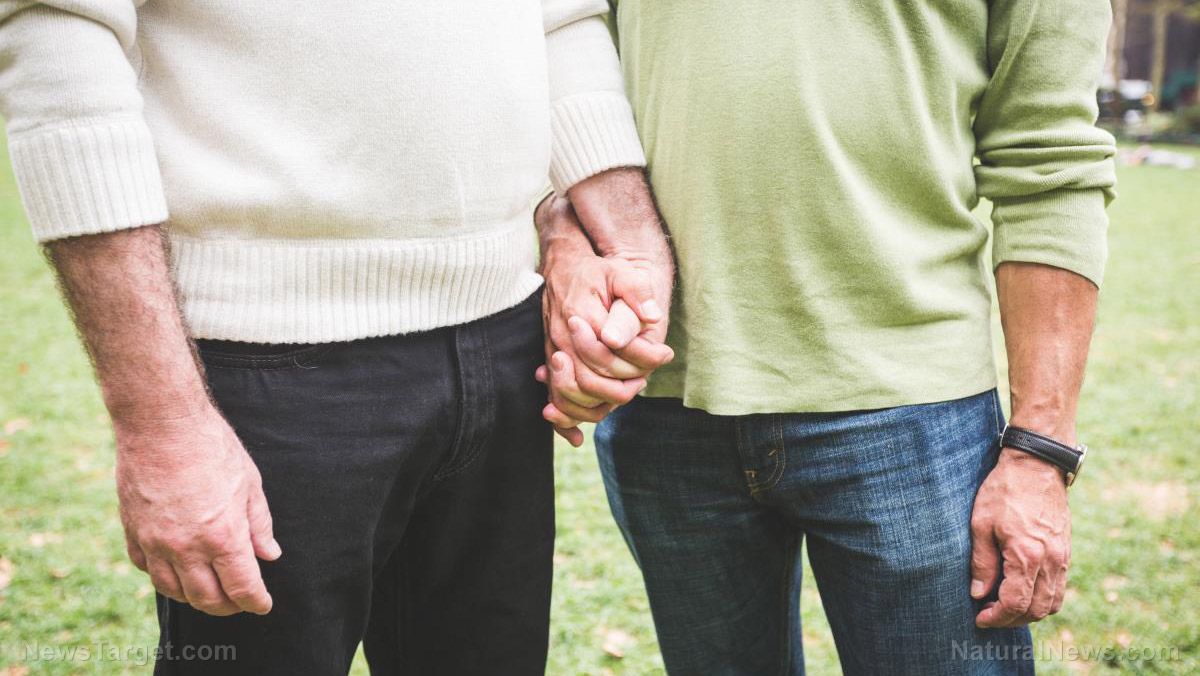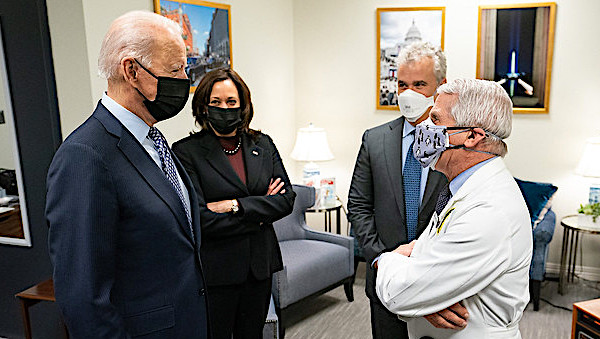Why older adults should do resistance training
05/14/2020 / By Zoey Sky

It’s normal for the elderly to be reluctant to engage in certain physical activities since the last thing they want is to sustain injuries. However, in a position statement published in the Journal of Strength and Conditioning Research and backed by the National Strength and Conditioning Association, researchers recommended resistance training to boost the well-being and longevity of older adults.
The effects of aging on the elderly
The position statement detailed the health benefits the elderly can get from strength and resistance training and how it can promote healthy aging. (Related: Elderly people should try weightlifting to prevent frailty, health experts recommend.)
Dr. Maren Fragala, director of scientific affairs at Quest Diagnostics and lead author of the position statement, shared that when people are asked if they want to live up to 100 years old, only a handful answers “yes.”
Dr. Mark Peterson, an associate professor of physical medicine and rehabilitation at University of Michigan-Medicine and one of the authors of the statement, explained that this is because there are those who relate old age with “physical and cognitive decline, loss of independence and poor quality of life.”
There’s no denying that aging gradually damages the body. Even if you don’t have a chronic illness, aging is linked to many biological changes that can result in decreases in skeletal muscle mass, strength and function.
Fragala also said that these losses “decrease physiologic resilience and increase vulnerability to catastrophic events.”

But in their position statement, Fragala and her colleagues provide evidence-based recommendations for resistance training programs, or exercises focused on building muscle endurance, and the benefits they can offer the elderly.
The researchers believe their paper can help alleviate the fears the elderly may have concerning strenuous exercise.
Health benefits of exercise for the elderly
The position statement discussed 11 practical applications categorized into four main components:
- Program design variables
- Physiological adaptations
- Functional benefits
- Considerations for frailty, sarcopenia and other chronic conditions
The applications also included suggestions on training types and amounts of repetitions and intensities, patient groups that will require modifications to training models and how these training programs can be revised for older adults with disabilities or those in assisted living and skilled nursing facilities.
According to recent studies, resistance training is a “powerful care model” that will help prevent loss of muscle strength and mass among the elderly.
Peterson said that the position statement illustrates the potential benefits of resistance training, such as improving physical functioning and mobility. This kind of training can also give older adults a sense of independence.
Resistance training can also be used for chronic disease management, as well as for the improvement of one’s psychological well-being, quality of life and longevity. The researchers offered guidance on how seniors can personalize resistance training programs so they can work out safely.
Fragala said that she and her team, along with the hundreds of scientists whose work they analyzed to produce the position statement, have found that “in most cases, the vast benefits of resistance training largely outweigh the risks,” especially if the elderly exercise according to safety guidelines.
Peterson also said that a lot of older Americans avoid resistance training mostly due to fear, confusion and a lack of consensus for proper implementation. With the support of the National Strength and Condition Association, the researchers hope to have “a positive impact on empowering healthier aging.”
Suggestions for resistance training sessions
If you are interested in resistance training, start with two or three strength-training sessions of about 15 to 30 minutes duration each week. Refrain from exercising on consecutive days.
Before you start resistance training, warm up gently. Do 10 minutes of moderate-intensity cardiovascular exercise like stationary cycling or walking, then do gentle stretches to avoid injury.
Do each exercise in sets of eight to 12 repetitions. Use a sturdy chair for seated exercises and to help you maintain your balance when doing standing exercises.
Sources include:
Submit a correction >>
Tagged Under:
aging, aging secrets, anti-aging, benefit of exercise, elderly people, exercise, fitness, longevity, physical activity, physical exercise, research, resistance exercise, resistance training exercise, senior citizens, strength training
This article may contain statements that reflect the opinion of the author




















